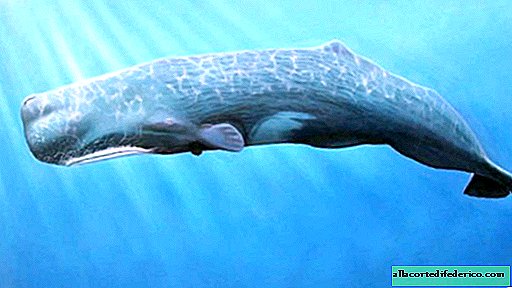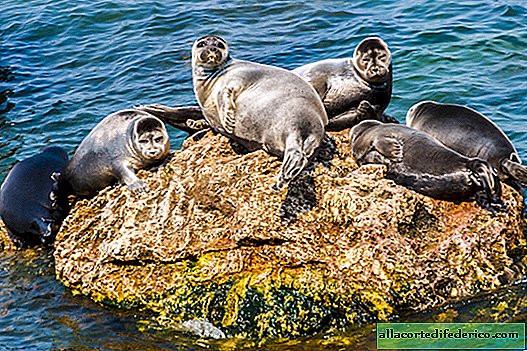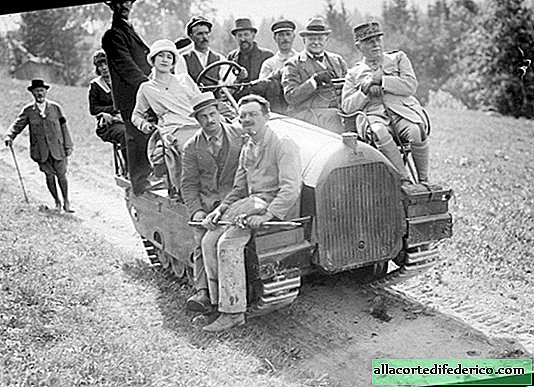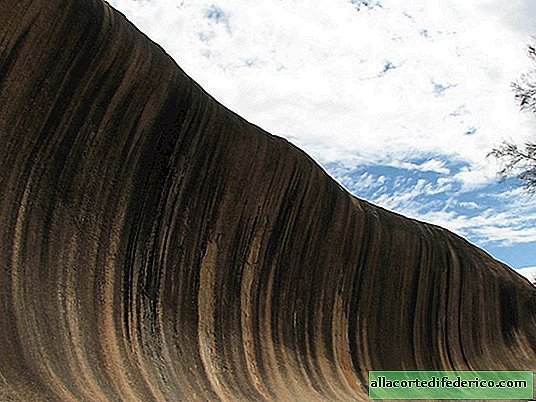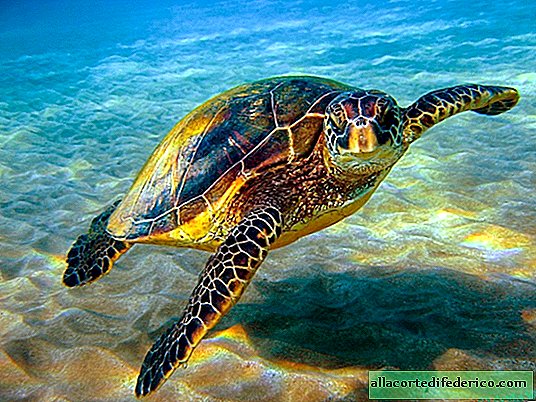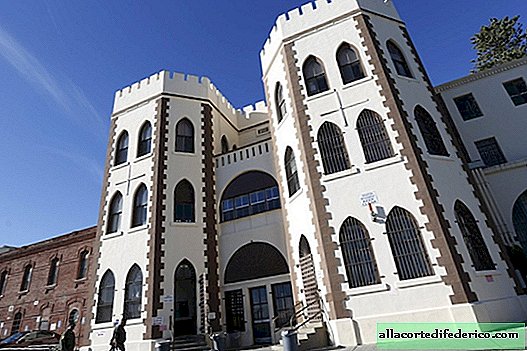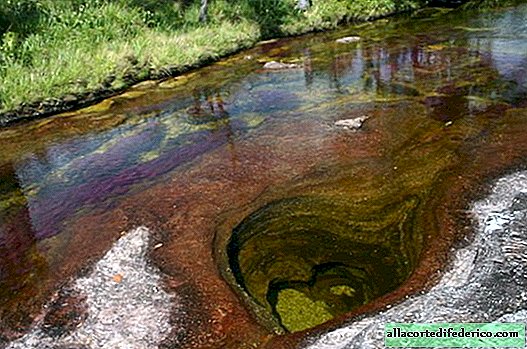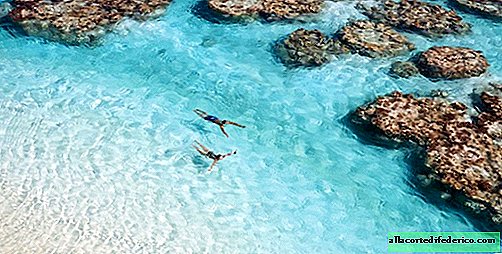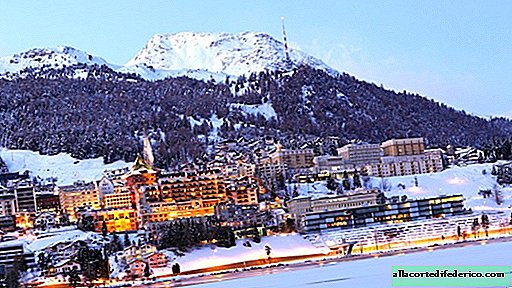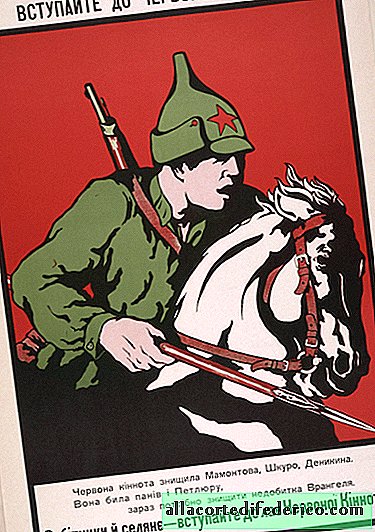Alexandra - beloved Russian empress of the Finns and patroness of Helsinki
On the embankment of Helsinki, a granite stele rises in honor of the first visit of the Russian Empress Alexandra Fedorovna to Finland. It was in this place, located on the shore of the bay, that the empress’s foot first set foot on Finnish soil. Finland has many monuments to Russian emperors, but the Finns have a special attitude to Alexandra. Why do the inhabitants of Helsinki love the Russian Empress so much and keep the memory of her?

For several centuries, until 1809, the territory of Finland was part of Sweden. But as a result of European conflicts at the beginning of the 18th century, Sweden was forced to cede the Grand Duchy of Finland to the Russian Empire. In 1812, by order of Alexander I, the capital of the duchy was moved to the provincial town of Helsingfors (modern Helsinki), and from that moment its transformation began.
 Empress Alexandra Fedorovna
Empress Alexandra FedorovnaA large role in the development of Finland and in shaping the architectural appearance of Helsinki was played by the Russian Empress Alexandra Fedorovna, the wife of Emperor Nicholas I. The Empress was the patroness of the city, and the Finns treated her very respectfully. Karl Ludwig Engel was appointed the chief architect of the Finnish capital, and the central part of Helsinki built up by him in the classicist style very much resembles the streets of St. Petersburg. There is Senate Square, the Cathedral and many other architectural masterpieces that owe their birth to the Russian period in Finland. Empress Alexandra Fedorovna took a personal part in shaping the historical image of the Finnish capital, and buildings of that period still make up Helsinki’s pride.
 Senate Square Helsinki
Senate Square HelsinkiAlexandra Fedorovna took under her protection the capital of the Duchy of Finland, and the empress's first visit to Finland took place in 1833. Two years later, in 1835, on the embankment, in the place where she went ashore, a commemorative stela of granite was installed, the top of which is decorated with a two-headed eagle on a gilded ball. After Finland gained independence, the eagle was dismantled, but in memory of the beloved Russian empress in 1972, the monument was restored in its original form.






